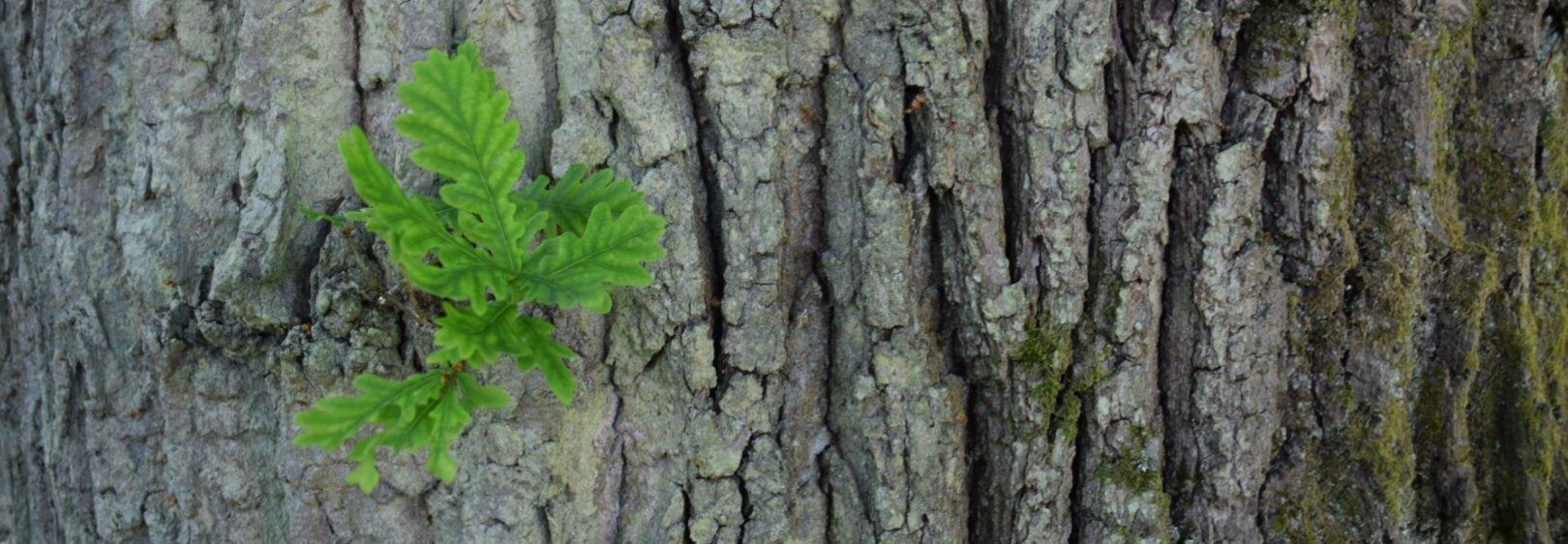Wood Pasture Continuity

Ancient wood pasture and parkland sites have been providing this incredibly rich habitat, often for hundreds of years, offering exactly the continuity that these specialised, low dispersing species require.
If a site breaks this continuity for any reason and loses its saproxylic species, it is very difficult for it to be recolonised with the same diversity of fauna that it lost, as they tend not to be able to disperse very long distances.
In Britain, there are concentrated pockets of these communities living in historic parkland and open wood pasture where the continuity of their habitat has remained unbroken. In fact, the distribution of many of the red data book saproxylic species reflect the pattern in habitat with a continuity of ancient trees.
